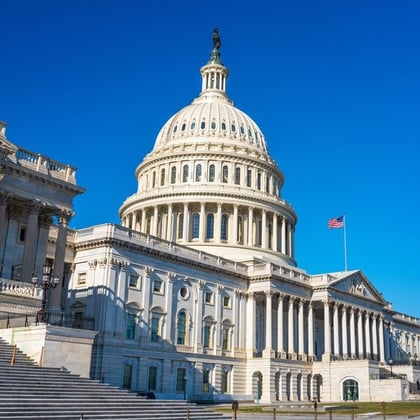What You Need to Know
- Of the many important policy changes included in the package of bills, one common area of focus is facilitating lifetime income solutions as part of a retirement strategy.
- One provision could increase use of deferred income annuities, while another could help ease the effect of RMD rules on annuities.
- The bills do not include some notable bipartisan proposals that would expand access to annuities even further.
Even during a contentious election year in Washington, Republicans and Democrats can agree on at least two things: retirement policy and a shared enthusiasm for lengthy acronyms.
That’s good news for retirement savers, as both chambers of Congress have been quietly working on a bipartisan package of retirement policy reforms they hope to pass later this year.
This spring, the House overwhelmingly passed the Securing a Strong Retirement Act (SSRA) by a vote of 414 to 5.
Over the summer, two Senate committees followed suit and advanced similar bills.
The Retirement Improvement and Savings Enhancement to Supplement Healthy Investments for the Nest Egg (Rise & Shine) Act was reported favorably by the Senate Committee on Health, Education, Labor, and Pensions.
Shortly after this, the Senate Finance Committee advanced the Enhancing American Retirement Now (EARN) Act, a package of tax policies designed to promote savings.
Collectively dubbed Secure Act 2.0 by stakeholders, these bills include a wide variety of policy changes to enhance retirement security, building on progress made by the enactment of the Secure Act in 2019.
Of the many important policy changes in these bills, one common area of focus is facilitating lifetime income solutions as part of a retirement strategy — something that is incredibly important given the economic challenges and uncertainty facing savers today.
Lifetime Income Provisions
The House SSRA and the Senate EARN Act both include key provisions to enhance the features and availability of annuities for retirement savers and retirees.
For example, they allow for exchange-traded funds (ETFs) to become investment options for variable annuities, and they streamline regulations for qualifying longevity annuity contracts (QLACs), which are deferred income annuities where payments begin at an advanced age, offering protection against outliving savings in retirement plans.









 October 31, 2022 at 05:27 AM
October 31, 2022 at 05:27 AM












